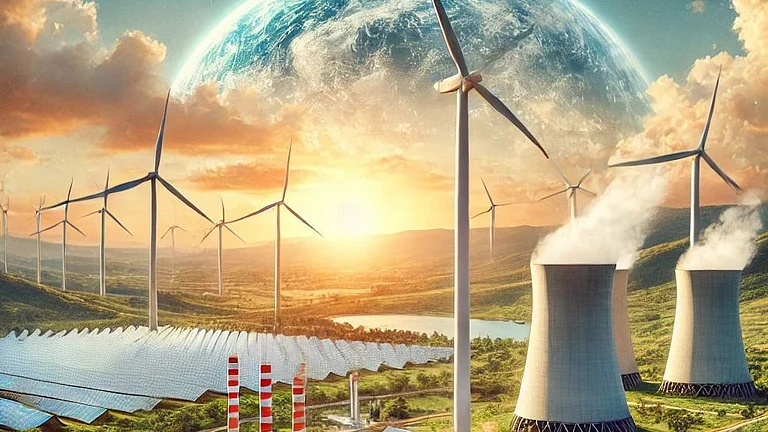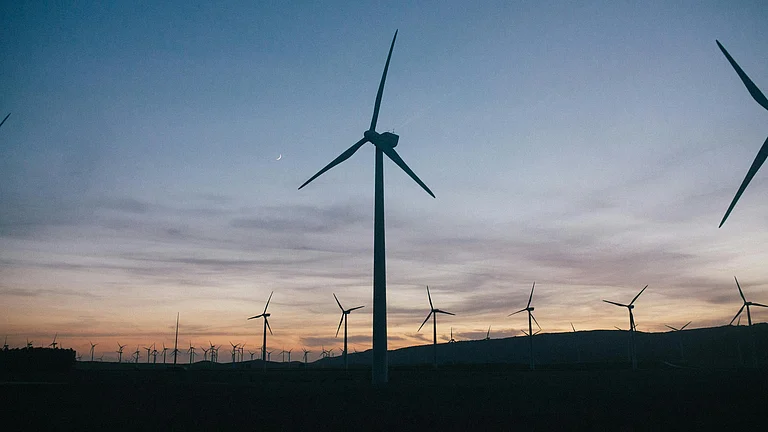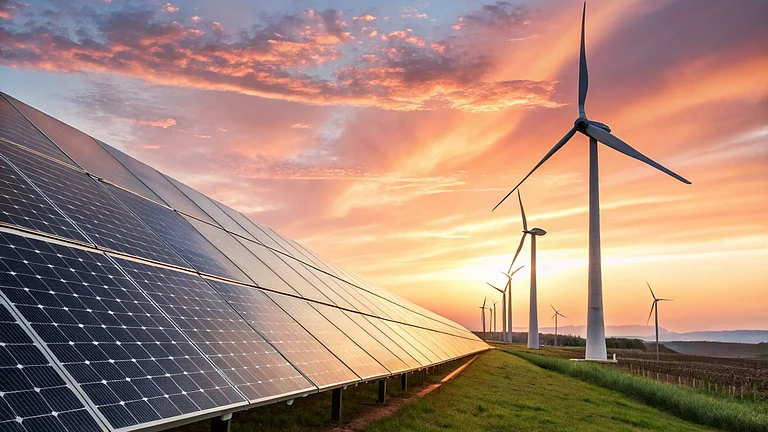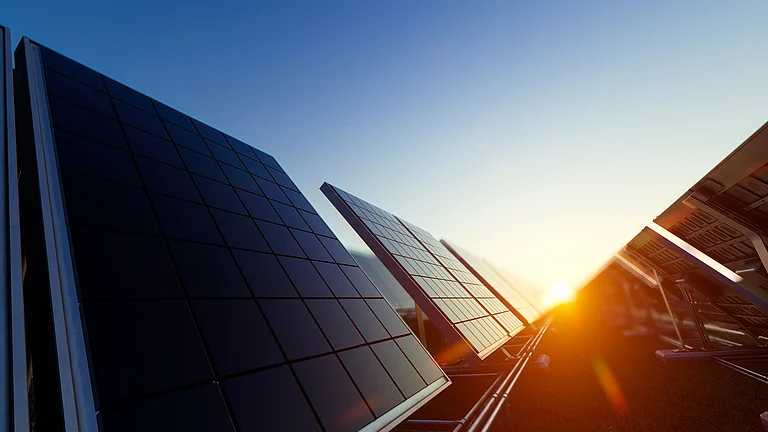India has crossed the 100GW solar capacity milestone. What is the impact of this transition on green energy targets?
Reaching 100GW of solar capacity is a significant achievement for India and a testament to the country’s commitment to clean energy. As a renewable energy developer, we see this as a catalyst for innovation, investment and large-scale deployment of next-generation energy solutions and optimising grid management for a more resilient power sector.
This milestone not only strengthens India’s energy security by reducing dependence on fossil fuels but also accelerates the shift towards green manufacturing and industrial sustainability.
NGEL is committed to playing its role in helping the country achieve its clean energy transition targets by developing 60GW of RE [renewable energy] capacity by 2032.
What are your biggest takeaways in terms of policy support, technological advancements and market dynamics?
India’s renewable energy sector has benefited from strong policy support, including the PLI [production-linked incentive] scheme for solar manufacturing, the Green Hydrogen Mission and initiatives like PM-Kusum.
Technological advancements in the sector such as AI-driven forecasting, new technologies in solar PV [photovoltaic] modules and battery storage have resulted in improved efficiency of renewable plants. As more and more solar is integrated in the grid, we are seeing a shift in market dynamics from 'vanilla solar' tenders to round-the-clock RE and solar-plus-BESS [battery energy storage system] tenders.
However, readiness and strengthening grid infrastructure and challenges in future land acquisitions remains one of the biggest hurdles.
What are the challenges in scaling India’s solar capacity?
There is a need for upgradation of transmission infrastructure at the inter-state transmission system and state transmission utility levels, duly aligned with the capacity addition targets of the country.
Further, the readiness of the evacuation infrastructure needs to be fast tracked to ensure projects are commissioned in a timely manner. States also need to facilitate speedy land allotment for development of green energy projects.
There are also financing challenges in the sector due to global geopolitical factors, trade barriers, limited availability of global climate funds and currency fluctuations that restrict access to long-term, low-cost debt financing.
What is your solar expansion roadmap for the next five years?
We plan to become a 60GW company by 2032. The company is committed to adding capacity to the tune of 5GW and 8GW in subsequent years. We expect to develop a majority of these capacities through solar projects.
How will India’s dependence on imports change, especially with the push to domestic manufacturing under the PLI scheme?
Significant investments are being made to create our integrated manufacturing ecosystem, covering the entire value chain from wafers to modules. With expanding domestic capacity and import duties on solar cells and modules, reliance on imports is expected to decline.
However, critical gaps remain in the domestic value chain. Achieving cost competitiveness and technological parity with global manufacturers requires substantial investment in R&D, economies of scale and supply-chain development.
To ensure long-term self-reliance, India must focus on backward integration, technology innovation and policy-driven financial incentives.
As more solar is integrated in the grid, we are seeing a shift in market dynamics from plain solar tenders to solar with integrated-storage Tenders
How is NGEL addressing intermittency of solar power through storage solutions?
We have signed offtake agreements with Indian Railways, Greenko and Indian Oil Corporation to deliver round-the-clock RE power for their businesses. To ensure reliable RE power, the company has already entered into commitments for storage solutions that will be met through pumped hydro projects.
We are also exploring advanced energy-storage technologies that improve energy dispatch flexibility and grid integration. By leveraging battery storage, we are building a future-ready energy infrastructure that supports India’s clean energy transition.
How do you ensure that large-scale solar projects do not lead to land-use conflicts?
We prioritise sustainable land use, focusing on wastelands, degraded land and floating solar to minimise conflicts with agriculture and human settlements.
Our integrated planning approach ensures that solar expansion complements local ecosystems, rather than disrupt them. Appropriate risk mitigation measures are taken while acquiring land for renewable projects.
What is your vision for India’s solar sector in the next decade?
India’s solar sector is set to be the cornerstone of the country’s clean energy transition, driving progress toward net-zero ambitions. Over the next decade, India would be positioned as a global leader in solar manufacturing, energy storage and grid modernisation.
India is projected to maintain a high rate of growth, which affords immense opportunities in the sector. Adoption of rooftop solar, decentralised solar and community-led energy initiatives will empower consumers and lower energy costs.
Through collaboration between industry, government and communities, India can unlock its full solar potential and establish itself as a global clean energy leader.












